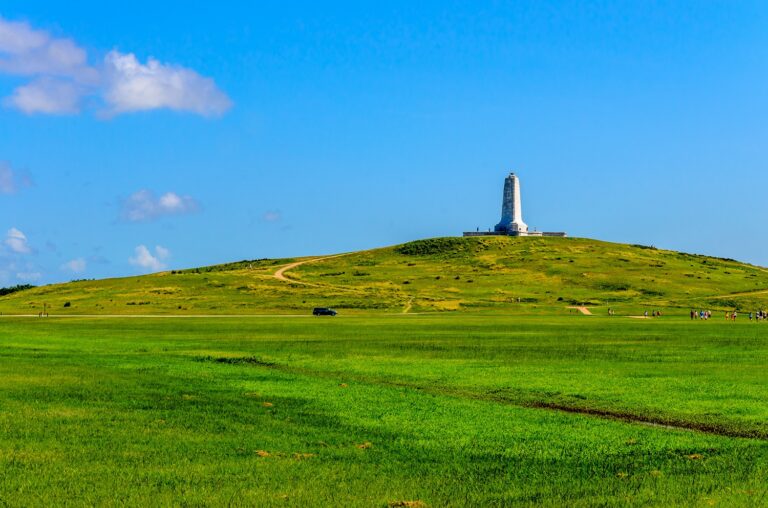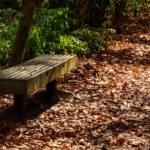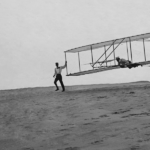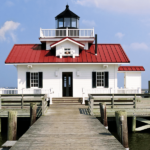Today, the Outer Banks is an oasis of fun for visitors looking to make the most of sand, sun, and surf. Beyond the appeal of the Outer Banks as a vacation destination, the area also hosts a rich history. Taking a look back at Outer Banks History.
If you want to discover fun and exciting things to see and do in the Outer Banks, request our free Manteo Vacation Guide.
The History of the Outer Banks
Identified as a barrier island, the Outer Banks is thought to have begun being formed over 20,000 years ago as the last great ice age drew to a close. As polar ice caps warmed, the sea began to rise and what was once dunes became sand bars. The following thousands of years would see waves and tides growing these sand bars and pushing them westward and south. Estuaries would eventually form and as the rising waters slowed, the Outer Banks began to become lush with life including beach grass, and rich vegetation.
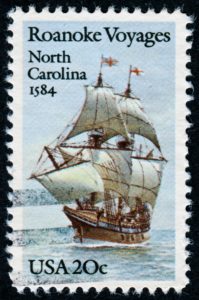
Early Inhabitants
Estimates put the original settlers of North Carolina back to between 500 and 1000 A.O. These early inhabitants were Algonkian Indians who had split into varying tribes by the 1500s. The Poteskeets lived around Currituck Sound while Croatans inhabited present-day Hatters and the Roanoaks lived on modern-day Roanoke Island. Tribes survived by living on wildfowl, shellfish, and deer as well as growing corn and beans.
European settlers began arriving in the area by the early 1520s as they attempted to establish new trade routes and colonies. The first English colony in the area was established on Roanoke Island where the Fort Raleigh National Historic Site is now found. Today, Outer Banks destinations like Corolla remain a testament to these early European settlers through the wild horse populations that remain. It’s believed these horses either survived explorer shipwrecks or were left behind by Europeans who couldn’t manage to get them elsewhere during their travels. Today, visitors to the Outer Banks can take tours to see these wild horses thriving in their natural environments and revel at the fact that they are likely descendants of a species that traveled overseas to land in the Outer Banks hundreds of years earlier.
Growth in the Outer Banks
By the 20th century, the Outer Banks was becoming a place where innovation thrived, very much thanks to the Wright Brothers. By 1930, infrastructure began connecting the Outer Banks, offering up options to enjoy the area comprehensively beyond individual communities. During World War II, the Outer Banks played a vital role as a front-line destination. After the war, the Outer Banks began to take on a more tourism-focused purpose as beach communities built up and the population grew significantly too. Today, the Outer Banks is a beloved getaway locale known for its laid-back vibe, amazing scenery, and spectacular wildlife—not to mention the many restaurants, charming shops, boardwalks, and lighthouses to enjoy along the way. Those looking to commune with the sand and sea in equal measure will find ample reason to return to the Outer Banks year after year.
Book Your Stay Today
When travel plans bring you to the Outer Banks, be sure to book accommodations that infuse luxury, comfort, and style into your stay through Pirate’s Cove Realty. Reach out today to learn more and to get started! See our pet friendly vacation rentals in Outer Banks here!

